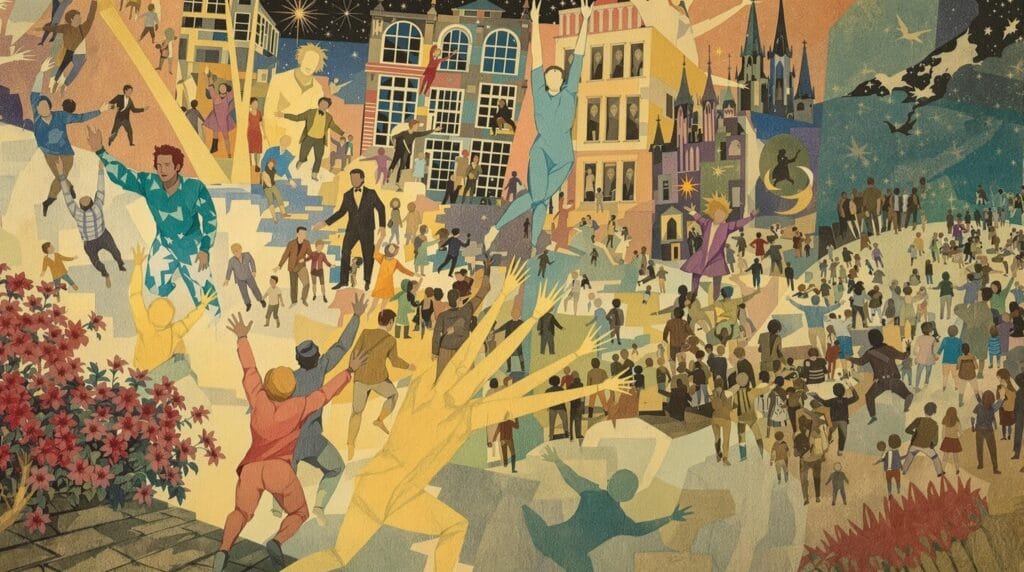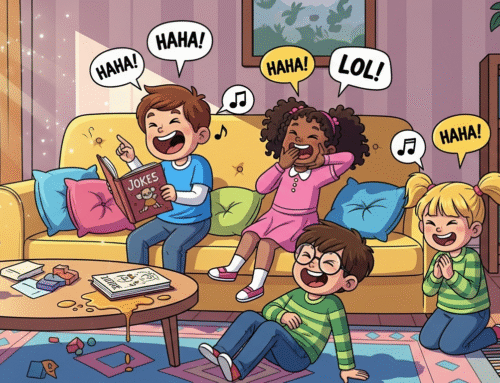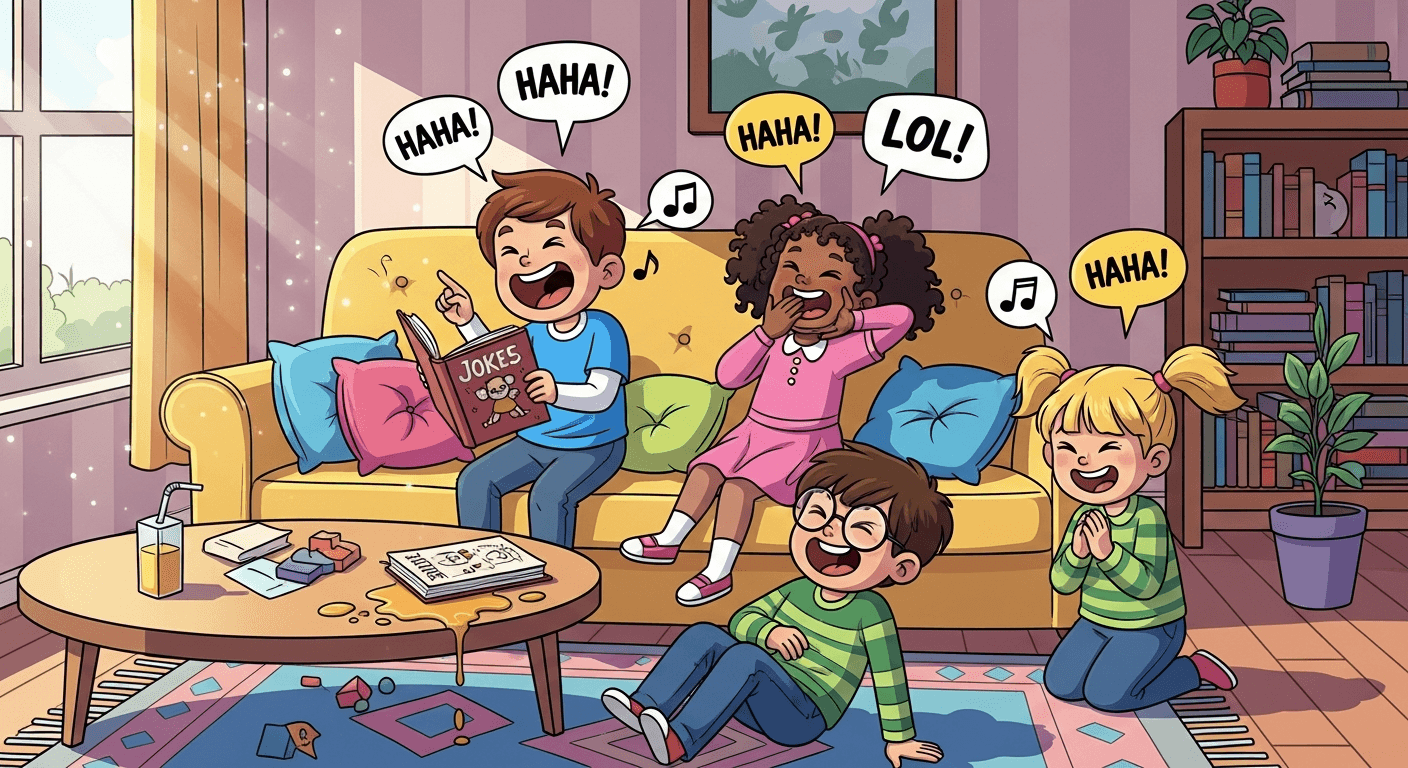The Strauss-Howe Generational Theory proposes that history moves in predictable 80-100 year cycles called “saeculums,” each divided into four distinct 20-25 year phases known as “turnings.” According to theorists William Strauss and Neil Howe, we are currently experiencing the Fourth Turning—a crisis period characterized by institutional breakdown and social upheaval that began in the mid-2000s and is expected to resolve by the mid-2020s.
Key Takeaways
- The theory identifies four recurring societal phases: High, Awakening, Unraveling, and Crisis that shape collective attitudes and institutions
- Each generation fits into one of four archetypes: Artists (Silent Generation), Prophets (Baby Boomers), Nomads (Generation X), and Heroes (Millennials)
- Historical precedents for the Fourth Turning include the Great Depression/WWII and the American Revolution periods
- The current Fourth Turning began around 2005 and is marked by economic inequality, political polarization, and global instability
- Despite academic criticism, the theory remains influential in strategic planning and understanding generational dynamics
Understanding the Four Turnings of History
The Strauss-Howe Generational Theory presents a cyclical view of history that unfolds in predictable phases. Each saeculum (80-100 year cycle) contains four distinct turnings, each lasting approximately 20-25 years. These turnings represent different social moods that fundamentally shape how generations interact with institutions and respond to historical events.
The First Turning (High) is a post-crisis era marked by strong institutional trust and social cohesion. The most recent example occurred from 1946 to 1964 during the post-WWII boom, characterized by suburbanization, economic growth, and Cold War consensus.
The Second Turning (Awakening) brings spiritual exploration and challenges to established norms. From 1964 to 1984, this manifested as the “Consciousness Revolution” with civil rights movements, Vietnam War protests, and countercultural values gaining prominence.
The Third Turning (Unraveling) features declining institutional authority and growing individualism. The period from 1984 to 2005 saw the emergence of culture wars, Reaganomics, and heightened political polarization.
The Fourth Turning (Crisis) represents a period of institutional failure and existential challenges that ultimately leads to renewal. According to Strauss and Howe, we entered this phase around 2005, with resolution expected by the mid-2020s.

The Four Generational Archetypes
Central to the Strauss-Howe theory is the idea that four generational archetypes repeat throughout history, each shaped by the turning they experience during their formative years. These archetypes develop distinct personalities and approaches to social problems:
- Artists (Silent Generation, born 1925-1942): Adaptive and compromise-oriented, they came of age during a Crisis turning and focus on rebuilding society with pragmatism and risk-aversion.
- Prophets (Baby Boomers, born 1943-1960): Idealistic and values-driven, they grew up during a High turning and later catalyzed cultural awakenings with their moral vision.
- Nomads (Generation X, born 1961-1981): Pragmatic and self-reliant, they matured during an Awakening turning and developed skepticism toward failing institutions.
- Heroes (Millennials, born 1982-2005): Civic-minded and team-oriented, they came of age during an Unraveling turning and are positioned to lead during crisis resolution.
This generational cycle creates a dynamic social rhythm where each archetype plays a specific role in addressing the challenges of their era. The interaction between these generational cohorts drives historical change and shapes institutional responses.
The Current Fourth Turning Crisis
According to Strauss and Howe, we are currently in the climactic phase of the Fourth Turning that began around 2005. This period is characterized by several overlapping crises:
Economic distress has intensified with growing wealth inequality—the top 1% now control approximately 32% of U.S. wealth as of 2023—and mounting debt crises that threaten financial stability. Political systems show increasing polarization, with populist movements gaining traction in the 2016-2024 electoral cycles.
Global instability factors include geopolitical tensions, climate-related disasters, and pandemic disruptions. Strauss and Howe predicted the “climax” of this turning would occur between 2020-2025, potentially involving paradigm-shifting events like global conflict or constitutional crisis.
Historical precedents for Fourth Turnings include the Great Depression/World War II (1929-1945) and the American Revolution (1773-1794). Both periods ended with renewed civic orders—the New Deal and post-WWII international institutions in the former case, and the Constitutional framework in the latter.
Historical Precedents and Patterns
The theory gains credibility from observable historical patterns. Previous Fourth Turnings followed remarkably similar trajectories, beginning with institutional decay and culminating in transformative crisis resolution.
During the Great Depression and World War II (1929-1945), economic collapse was followed by global conflict that mobilized society toward common purpose. The GI Generation (Hero archetype) led the crisis response, while the Silent Generation (Artist archetype) focused on rebuilding afterward.
The American Revolution period (1773-1794) similarly witnessed institutional breakdown followed by the creation of a new constitutional order. In both cases, the crisis period ended with strengthened institutions and renewed social cohesion.
These historical examples suggest the current Fourth Turning will likely resolve with the transformation of existing systems rather than their complete destruction. Millennials, as the Hero archetype, are expected to play pivotal leadership roles in addressing current crises, just as the GI Generation did during WWII.
Scholarly Reception and Criticisms
Despite its popularity, the Strauss-Howe theory has faced significant academic criticism. Many historians and sociologists critique its deterministic approach for oversimplifying complex historical processes and underplaying the roles of race, class, and globalization.
The theory is often criticized for lacking empirical rigor and relying heavily on anecdotal evidence. Critics point out that the cyclical model is difficult to falsify and may involve confirmation bias in selecting historical examples that fit the pattern.
Cultural bias represents another common critique, as the framework primarily focuses on Anglo-American history while neglecting non-Western societies and their distinct historical trajectories. However, despite these criticisms, the theory remains influential in marketing, leadership development, and strategic planning circles due to its narrative coherence and practical applications for understanding generational dynamics.
Navigating the Fourth Turning Resolution
Strauss and Howe predict the current Fourth Turning will resolve by the mid-2020s with the emergence of a new civic order. This resolution will likely involve reformed institutions similar to the post-WWII restructuring that followed the previous crisis period.
Millennials (the Hero archetype) are expected to play a pivotal leadership role during this resolution phase, collaborating to address systemic challenges. The outcome will likely establish new social and political paradigms that will shape the next High period.
Understanding these patterns offers valuable perspectives for individuals and organizations preparing for significant social transformation. Rather than passive acceptance of deterministic outcomes, the theory suggests that generational awareness can help navigate periods of crisis more effectively.
Practical Applications of the Theory
Beyond its historical insights, the Strauss-Howe framework offers practical applications across multiple domains:
- Marketing strategists use generational archetypes to target messages effectively to different age cohorts
- Policy planners apply the theory to anticipate social trends and prepare for generational shifts in attitudes
- Leadership development programs incorporate generational strengths and weaknesses into their frameworks
- Corporate scenario planning utilizes the turnings model for long-term strategic thinking
- Social researchers employ the framework to understand complex societal shifts and predict future trends
By recognizing where we stand in the historical cycle, organizations and individuals can better prepare for likely scenarios and develop resilience for navigating periods of transformative change. While not deterministic, the theory provides a useful lens for contextualizing current events within broader historical patterns.
Sources
Wikipedia: Strauss-Howe Generational Theory
Shortform: What is the Fourth Turning?
SuperSummary: The Fourth Turning Summary








